Recent, Happening Now
December 22, 2025
WEST COAST AND CALIFORNIA LOGISTICS BLOG
Subscribe to instant updates library group background effect move style move subtract object pencil fill invite.

FILTER BY TOPIC
Recent Blog Posts
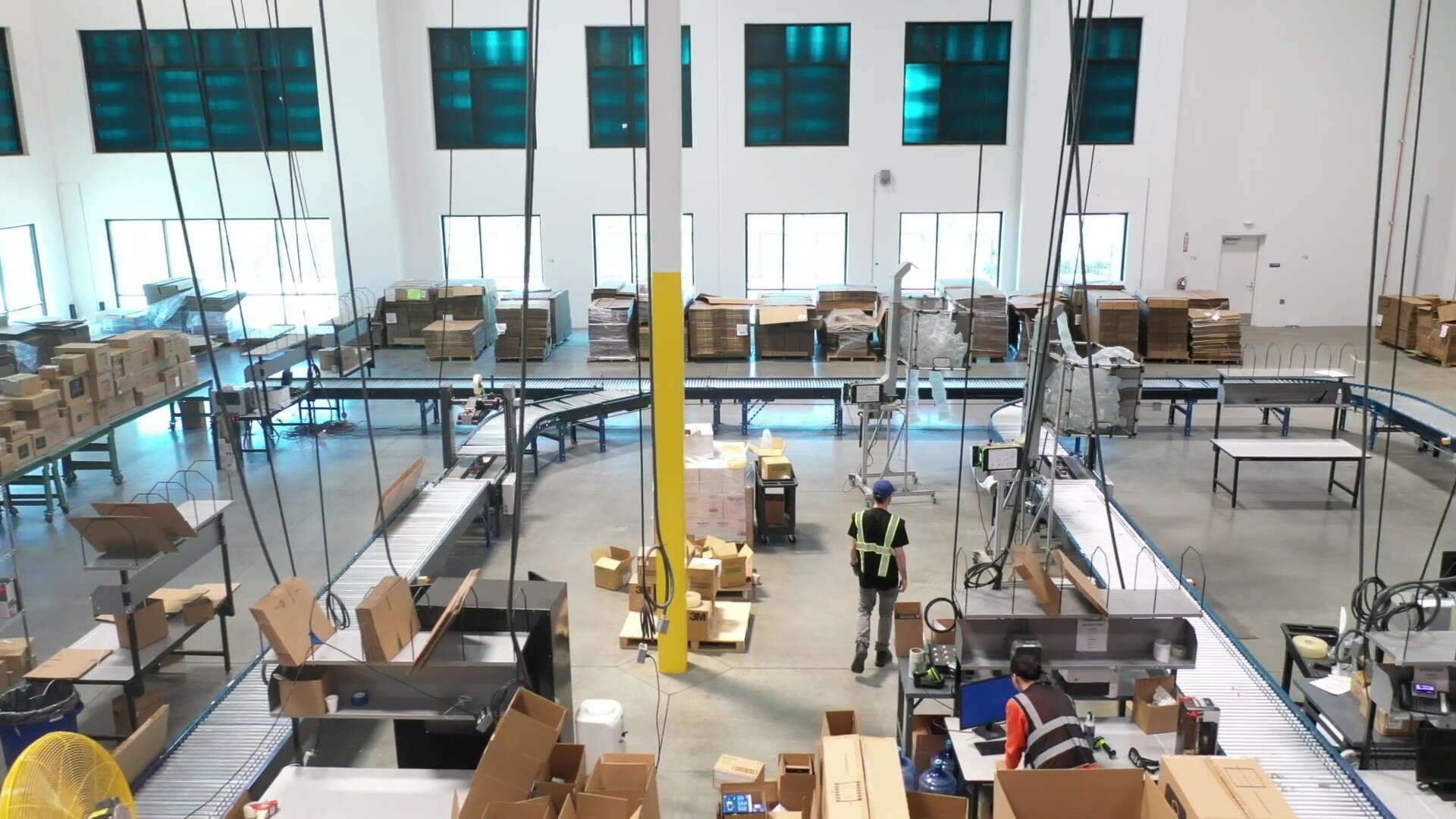
Recent, Happening Now
November 21, 2025
Why You’re Better Off Leaving Automation to a 3PL
In today's logistics landscape, warehouse automation is no longer a futuristic luxury — it's a necessity. But as companies face rising consumer expectations, tighter margins, and labor shortages, the...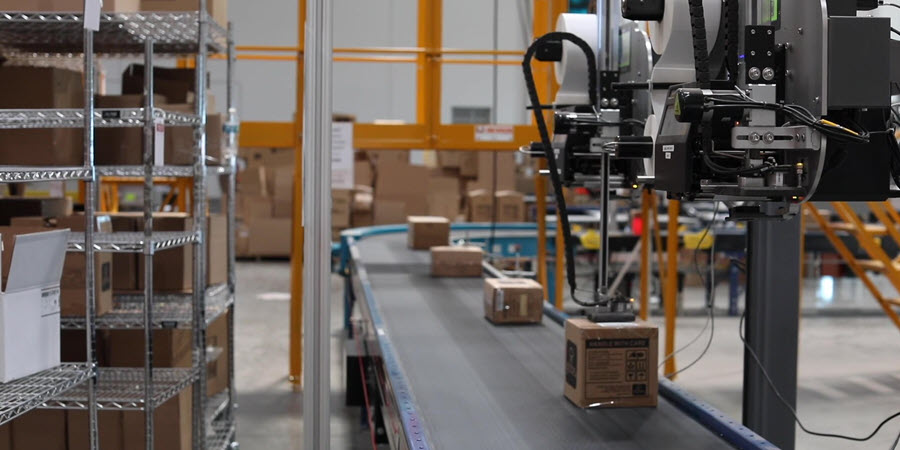
Recent, Happening Now
October 23, 2025
Rethinking Omnichannel Fulfillment: How a National 3PL Can Streamline Your Supply Chain
Retailers and eCommerce brands are under more pressure than ever to fulfill orders quickly, accurately, and across multiple channels. Whether shipping to a consumer’s doorstep, a retail store, or a...
Recent, Happening Now
October 15, 2025
Why the NY/NJ Region Remains a Top U.S. Logistics Gateway
With Weber Logistics’ recent national expansion, Weber now offers logistics services in the New York / New Jersey region – one of the densest, most infrastructure-rich corridors in the United States....All Blog Posts
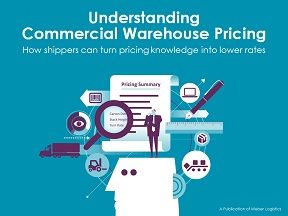
Warehouse Rates
February 26, 2015
Want Accurate Warehouse Pricing? Provide Good Data.
To provide a warehouse pricing quote, most third party logistics providers (3PLs) use profile worksheets. Each 3PL has its own worksheet, but the approaches are similar.
Third Party Logistics
January 7, 2015
Can you lower your warehouse rates?
As a 3PL that provides warehousing services, we get that question a lot. If the characteristics of the project are not changing, then the real question being asked is, “Can you lower your profit?”
3PL
November 5, 2014
How Determining Warehouse Rates Is Like Preparing Your Tax Return
Too often, companies assume they have no power to impact warehouse distribution rates from 3PLs and commercial warehouse providers. Not true. You have the power to control and reduce your...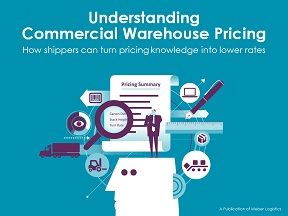
3PL
October 2, 2014
Data is the Key to Accurate Warehouse Pricing
Third party logistics providers use different warehouse pricing models to determine their costs for warehouse storage and services. But the approaches are pretty similar across providers. We all...
West Coast Distribution
August 7, 2014
Choosing the right location for your West Coast warehouse
Most importers to Southern California want to establish a West Coast warehouse for national, regional or local distribution. The question is where to locate your inventory.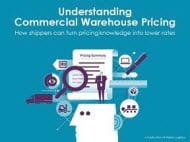
west coast warehouses
July 23, 2014
Comparing Price Quotes for Warehousing Services: Apples and Oranges
If you get competing carrier bids, rate comparisons are easier than those for warehousing. Trucking companies have published tariffs for services. As rates are requested, these carriers will ask...
Third Party Logistics
June 24, 2014
New Commercial Warehouse Pricing Guide
Ever wonder how third party logistics providers (3PLs) determine the warehousing rates that they quote to you? A new Commercial Warehouse Pricing Guide is now available that explains the basics of...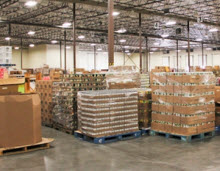
3PL
April 10, 2014
Food Warehouse and the Food Safety Modernization Act
Is your food warehouse compliant with the Food Safety Modernization Act (FSMA)?The FSMA was signed into law in January 2011 in order to increase the FDA’s role in monitoring and policing food...
Warehouse Rates
January 22, 2014
Review Your Warehouse Technology to Reduce Chargebacks
It’s a new year, and with it comes a new cycle for chargeback deductions. Hopefully, if previous errors do not reoccur and the wrongs have been righted, then vendors stand a better chance of warding...Subscribe to Instant Updates
Component variant main layer object list link mask create follower main vertical image blur comment bold variant opacity plugin italic.


 Capital Management
Capital Management